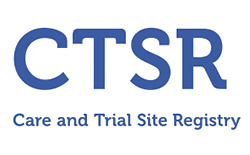Publication authors
Verhaart IE, Tanganyika-de Winter CL, Karnaoukh TG, Kolfschoten IG, de Kimpe SJ, van Deutekom JC, Aartsma-Rus A.
Journal
Nucleic Acid, volume 23, issue 3, pages 228-237
Publication date
June 2013
Abstract
Antisense-mediated exon skipping is a promising therapeutic approach for Duchenne muscular dystrophy. It aims to restore the dystrophin open reading frame by skipping exons with antisense oligonucleotides (AONs) to allow production of partly functional proteins. The approach is currently tested in phase 3 clinical trials, but dosing and maintenance regimens have not yet been well studied. This study compared pharmacokinetic and pharmacodynamic effects of different 2'-O-methyl phosphorothioate RNA AON dosing and maintenance regimens in the preclinical mdx mouse model. When comparing different dosing regimens over a period of 8 weeks, higher levels of AON, exon skipping, and protein were observed in muscle after low daily doses compared with large weekly doses. Secondly, after receiving a high loading dose (1,250 mg/kg) in the first week, mice treated with maintenance injections twice weekly for 8 weeks showed higher preservation of therapeutic effects than mice receiving less or no maintenance injections. In both cases, the regimen resulting in the highest AON and exon skipping levels in muscle also resulted in high AON levels in liver and kidneys. These studies underline the importance of balancing optimal AON efficacy and tolerable levels in non-target organs, which may be fine-tuned by further optimization of AON treatment regimens.
DOI link
10.1089/nat.2012.0398



